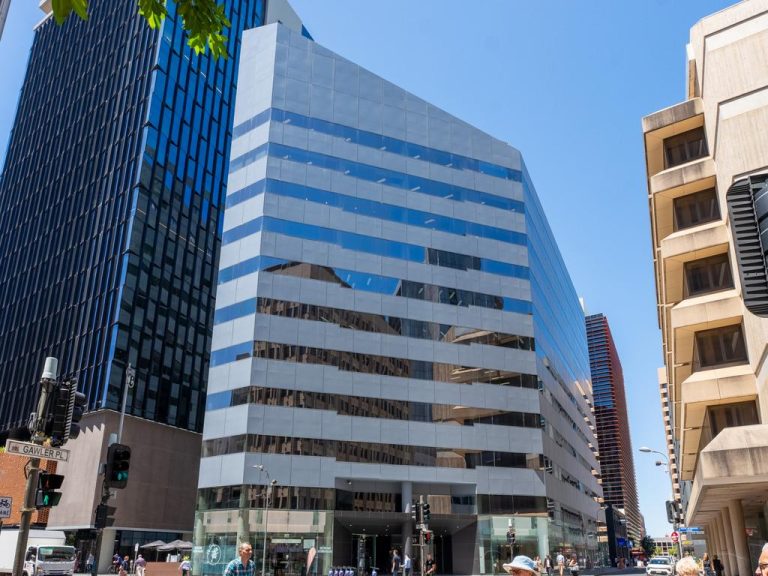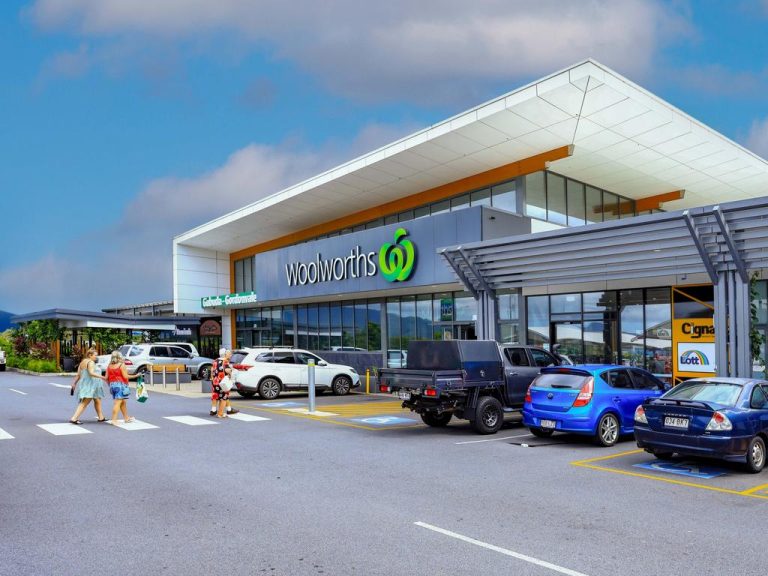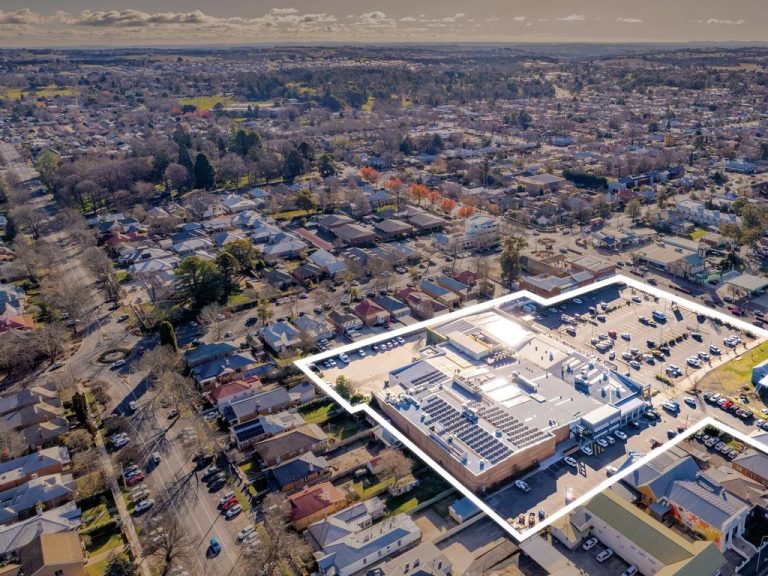Campus-style offices move tenants out of CBDs

So-called campus-style offices are changing the look of workplaces – and the geography of Australia’s office market.
If you want a glimpse of what the future of work may look like, take the online tour of Facebook’s new headquarters in the California suburb of Menlo Park.
Campus-style offices are changing the geography of Australia’s office market.
True to form, the social media giant’s HQ is not only an impressive 93,000 sqm; its interiors have been laid out in what their delighted public relations manager has dubbed the ‘hacker style’.
The light-capturing atriums, open landscape work areas, rows of white benches and post-industrial rusted steel beams are just what you might expect. Not so the tiki bar or scribble walls, where employees use felt pen graffiti to express their inner-most thoughts.
Welcome to the brave new world of campus-style offices, where denim clad workers wander the halls looking for their app development meeting or perhaps a pickup game of ping pong.
What’s driving the change?
Campus-style offices have been a feature of the US office market since the late 1980s, inspired by the idea that open floorplans filled with natural light would improve employee morale and encourage collaboration. But employers also came to love the industry park locations, closer to their suburban workforce and far from the high tax locations downtown.
Not so in Australia, though, where one of the first projects was the remodelling of funds manager MLC’s 1950s era North Sydney headquarters by architects DEGW and Bligh Voller Nield. Out went the “hives, dens, cells, and clubs” and in came the now familiar Zen lounges, chill out rooms and shared workspaces.
For the next 10 years, retrofits or new buildings in CBDs, incorporating some campus-style principles, set the pattern, but recently the trend is shifting away from established office precincts.
Australia joins the trend
Take GooglePlex, the new Australian home designed by Futurespace/Ferguson Design Studio for the US search engine/tech giant. While the themed rooms (Billabong, Iced Vo-Vo), building wide Wi-Fi and allocated space for gamers are what you would expect, its location is Pyrmont, not the Sydney CBD.
Or take banker CBA, which moved its wealth management, enterprise management and human resources divisions to a new 32,000 sqm campus. The two main buildings incorporate the latest environmental and workplace design but the Homebush location is a lot further west than what you might presume.
Taking offices out of the CBD
It is a similar story in Melbourne, where most of the new campus style offices can be found in the Docklands precinct, including big name tenants like ANZ, NAB, Medibank Private, AXA and TV networks Nine and the Seven.
The reason was succinctly summed up by JLL’s David Bowden: “Docklands offers a pricing alternative and different building configurations with large, campus-style, efficient floor plates in comparison with those available in the CBD or city fringe markets.”
Where opportunities exist to develop campus style offices in the CBD, they are being taken, as Macquarie Bank’s new HQ in Shelley St Sydney attests.
It’s not a style that suits all
But in Australia’s two largest CBD markets, those opportunities are few and far between and much of the existing stock has ceiling heights and environment ratings too low to be retrofitted to the new style.
It’s proving a dilemma for many owners of CBD property. High value tenants in fast-growing knowledge-based industries like online tech and media, finance and engineering are more interested in what’s happening on the inside of a building than a modern glass exterior and a city address.
It is proving a dilemma for many owners of CBD property.
The demand for ideas-sharing work places set on uninterrupted floor space is recasting the future of many high-rise buildings erected in the 1980s and 1990s, and opening up new potential for spacious older industrial buildings or well-located green field sites.







